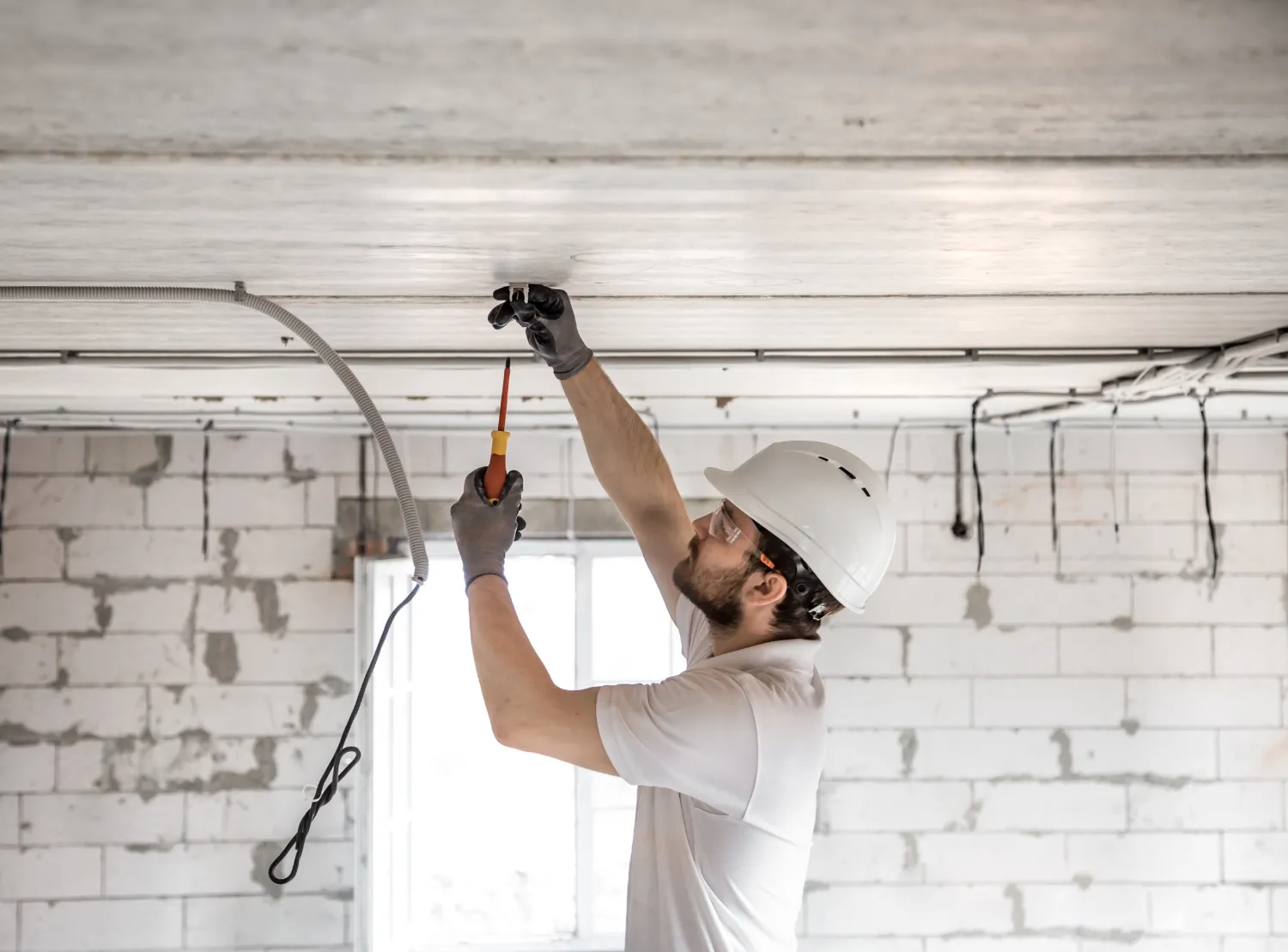Your building’s electrical system might have been top-notch when it was installed, but as technology advances and demands on power increase, an upgrade becomes inevitable. Revamping your electrical system enhances both its safety and its ability to meet your evolving needs. If you find yourself struggling with an outdated system, here’s what you should think about before dialing up an electrician.
Signs an Upgrade is Needed
If your building is showing its age, chances are its electrical system is too. Older structures were often fitted with 60 or 120-amp panels and a limited number of circuits—sufficient back in the day, but not up to the task now. Signs you’re overdue for an upgrade include frequent power outages, lights flickering when machinery is activated, or having to juggle different devices on extension cords to balance power loads.
Electrical panels that frequently trip or, worse, fail to trip indicate a serious issue, putting your equipment at risk of overheating. If you find signs of corrosion, melted wires, or deteriorating insulation, you’re looking at potential safety hazards like electrical fires. Frequent use of surge protectors is another red flag. And if you’re planning to renovate or add energy-hungry devices like air conditioning or heating, consider this your cue to upgrade.
Planning for the Upgrade
Before getting in touch with an electrician, assess your current and future electrical requirements. Make a list of all the appliances, devices, and lighting you use or plan to add. Think about whether your current lighting is sufficient, and where additional outlets could make life easier—particularly if you’re currently relying on extension cords.
Armed with this information, your electrician can inspect your existing system to calculate your total electrical load. If you’re lucky, you might just need an extra circuit, which can be handled with a subpanel if your main panel is already up to snuff. Otherwise, a more substantial upgrade, ranging from 200 to 400 amps or more, may be necessary.
While the upgrade is in progress, expect some unavoidable disruptions as walls will need to be opened to access the wiring. Make sure to schedule the work at a convenient time, and remember that while your electrician will handle basic cleanup, patching and repainting your walls will be your responsibility. So, plan your budget accordingly.


